Quentin Tarantino is a legend in the movie business. As a screenwriter, producer, and director, he is known for creating movies characterized by adaptations from pop culture, dark humor, nonlinear storylines, cameos, and heavy use of profanity. Over the years, Quentin Tarantino movies have cultivated commercial success and a cult-like following. He is also not short of awards, ranging from four Golden Globe Awards to two Academy Awards. As a cherry on top, he is among the most influential people in the world, listed in the annual 100 Time list. Since we appreciate his genius works, let’s check out his style of directing captivating movies.
Writing an Unpredictable Plot
Imagine watching the premiere of Django Unchained. Then, four minutes into the opening scene of a calmly developing story, gears shift dramatically into blowing off the head of a slave trader and a horse with a pistol. Dramatic turns are one of the signs that you are watching a Tarantino film. As a top-of-the-line director, he leaves breadcrumbs to make you think that the film will follow the default lines of most movies, only to make a quick turn that is unexpected by the audience.
Music is also a tool that Tarantino uses to bring a fresh perspective to a story. If you listen to some music choices he uses in some movies, you begin to wonder if he is intentionally picking the wrong tracks for the wrong scenes. In one of the last gun fights in Django Unchained, Tarantino used a hip hop song titled Unchained by 2Pac and James Brown. The music feels inappropriate for the time and the activity on-screen, but it somehow works, and that is classic Tarantino. He defies expectations by going for the inappropriate.
Use of a Natural Dialogue Style
One of the hallmarks of Tarantino’s unique style is his arrangement of dialogue. It’s not enough for him to get you engaged with the character dialogues; he also wants to keep you guessing at the end of the dialogue. He can also use it as a springboard to take you into a more engaging scenario in another scene. Tarantino has a knack for building situations that flip suddenly, and in most cases, they either leave you laughing hard or horrified. For instance, in Kill Bill: Volume 1, there is a scene where Vivica A. Fox (Vernita Green) and Uma Thurman (The Bride) are fighting in the living room. The two actresses do not hold any punches as they destroy the entire living room until Vivica’s daughter walks in on them. The excuse that Vivica gave for the damage was that the dog was acting out. That’s not even the hilarious part. It’s when the two actresses decide to take tea right after a gruesome fight. As a viewer, you wouldn’t expect that, and that is what Tarantino is about.
Building Contrast and Exaggeration
Tarantino’s production design encompasses two things, building contrast and exaggeration. There is nothing that Tarantino cannot exaggerate. It can be the nails, eyebrows, attire, or any type of prop. When creating characters, Tarantino likes to make a character pop with a trademark outfit that makes the viewers stay curious about the importance of the character in the movie. The main cast of Kill Bill: Volume 1, Uma Thurman wears a bright yellow costume and rides a yellow bike. In Reservoir Dogs, everyone in the Gang wears a black suit except for Chris Penn (Nice Guy Eddie) and Lawrence Tierney (Joe Cabot). The fascination with this trend is to build contrast between the actors.
There is a great scene in Inglourious Basterds where Christoph Watz ( Hans Landa) has a bigger smoking pipe than the French farmer Denis Ménochet (Perrier LaPadite). The exaggeration of the two props symbolizes the difference between the lives of the two men, as well as the power imbalance between them. Interestingly, it also brings a comic factor to a tense scene.
Choosing the Right Color Palette
Quentin Tarantino uses color to trigger emotion. In some of his movies, you will see black and white scenes, but in the majority of the movies, he pops up the color choices. In scenes where Quentin Tarantino movie characters are out for blood, you will see bold primary colors like canary yellow in Kill Bill: Volume 1, scarlet red in Inglorious Bastards, or royal blue in Django Unchained. Tarantino also uses color to create mood, passion, and energy.
Developing Emotion in the Editing Stage
Anticipation and fear are the major emotions Tarantino builds at the editing stage. Let’s begin with anticipation, which Tarantino achieves by stretching the activity in a scene. There is a scene in Pulp Fiction where Uma Thurman (Mia) is dying due to a drug overdose. John Travolta (Vincent) cannot let it happen under his care. So, when it comes to injecting Mia with an adrenaline shot, the countdown sequence is stretched.
In Inglourious Basterds, there is a scene where Landa walks into a restaurant, and the camera stays locked on Shosanna’s face. Even when the soldiers stand to talk, the shot stays focused on Shosanna, who is seated. The uninterrupted edit makes the viewer feel the fear creeping in Shosanna. It’s hard to say what is going to happen to her. But Tarantino ensures that we are connected with her effectively.
To sum it all up, it is evident that with a legend like him directing movies, it is easy to trace his signature in the movies by looking at the unexpected twists in a movie's plot. So, the next time you watch a movie, be curious to know if you can identify a director's style without browsing.

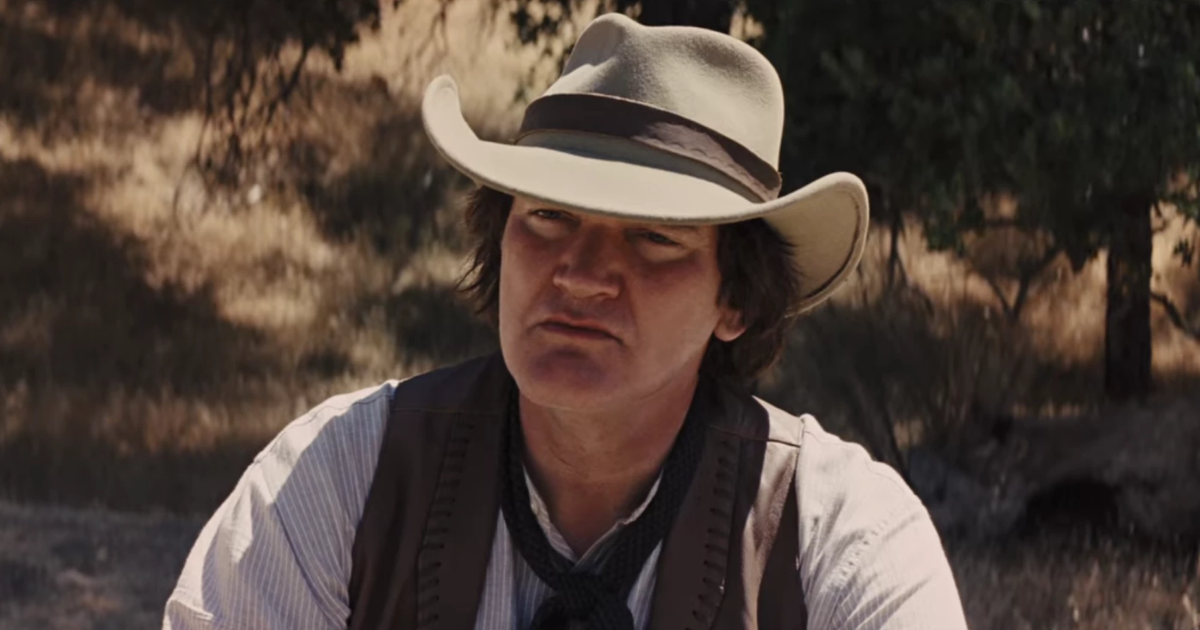
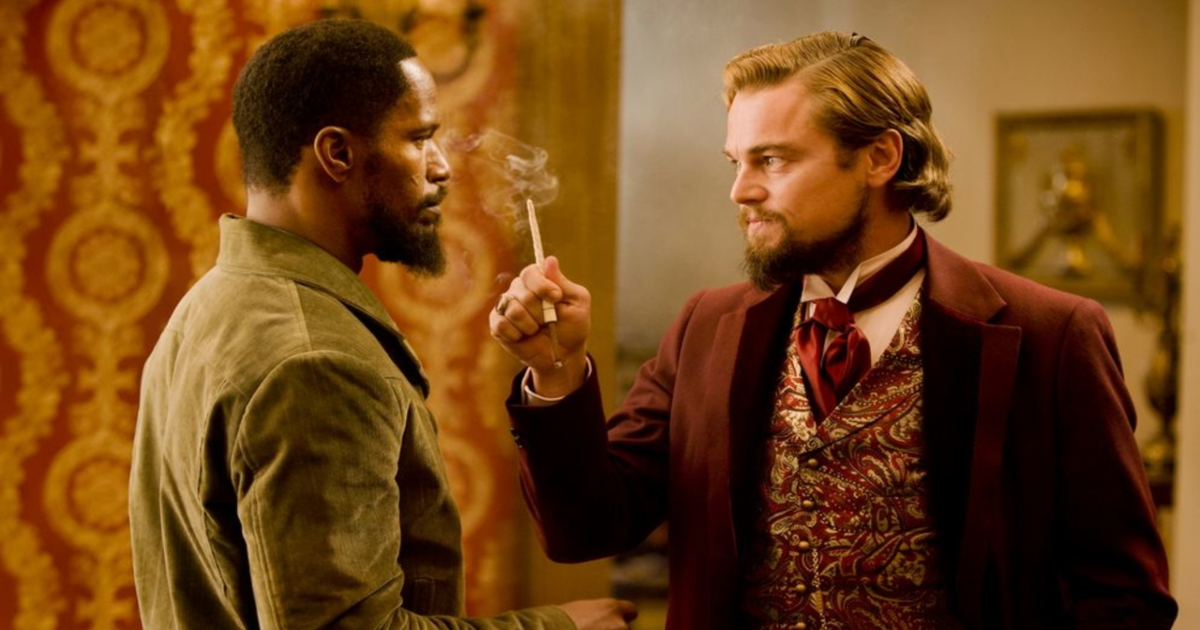
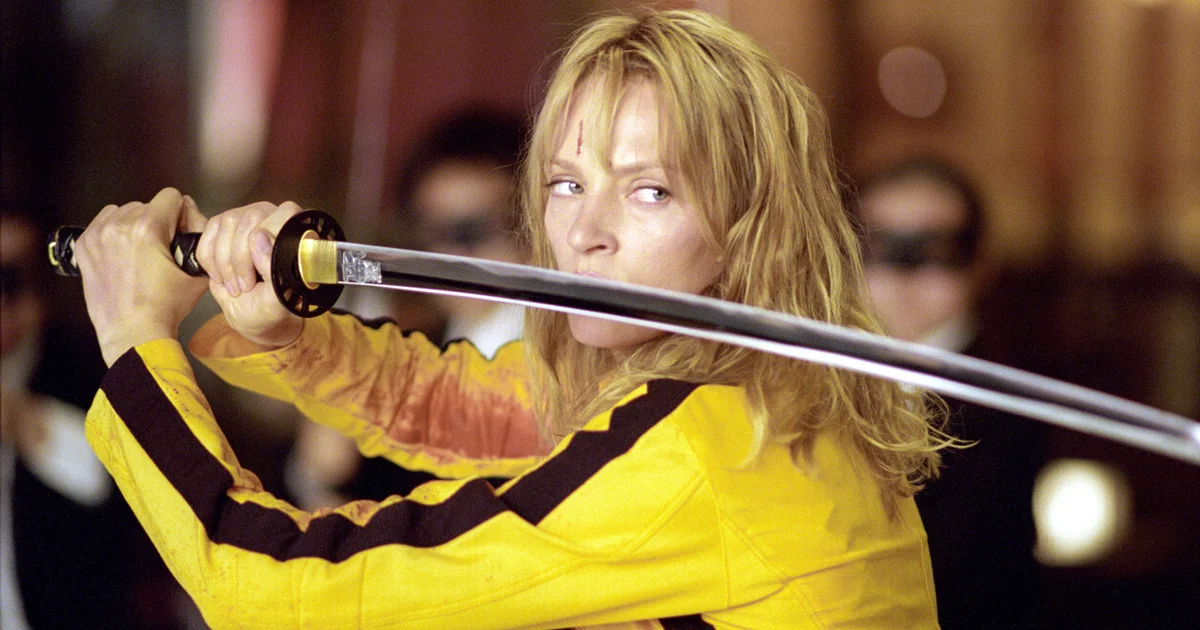
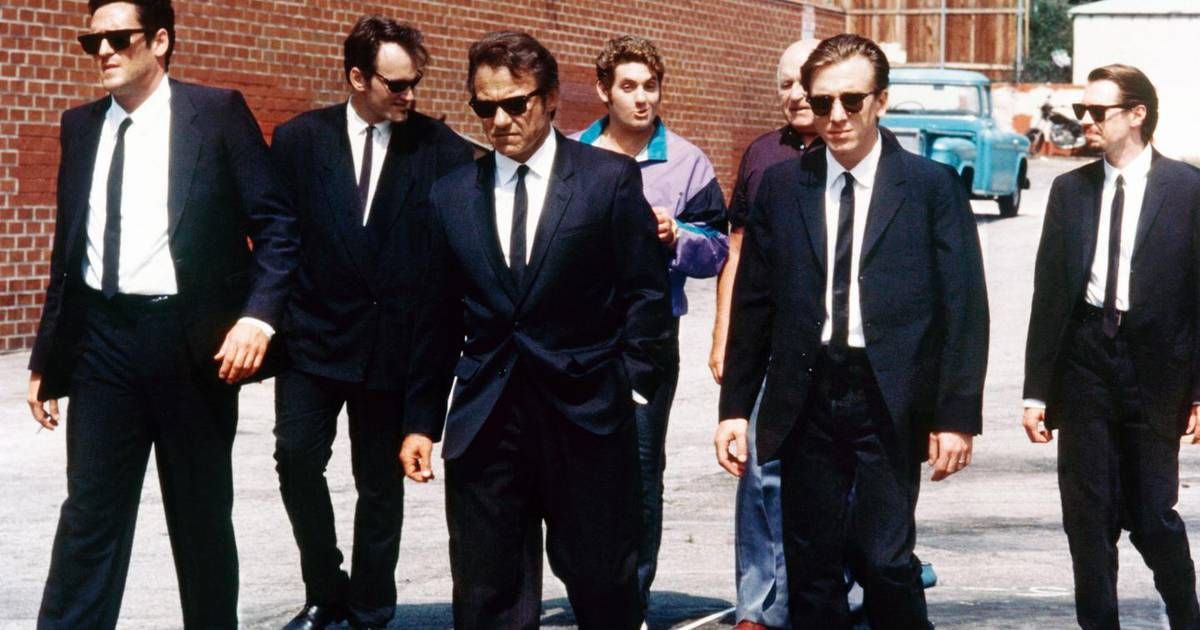
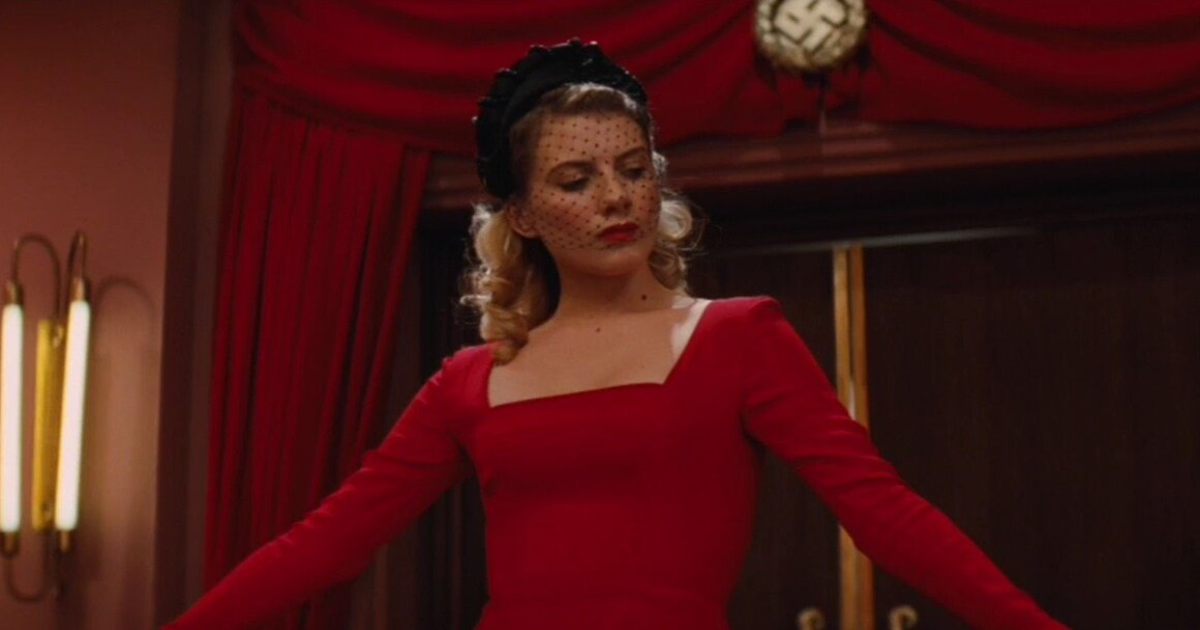
.png)